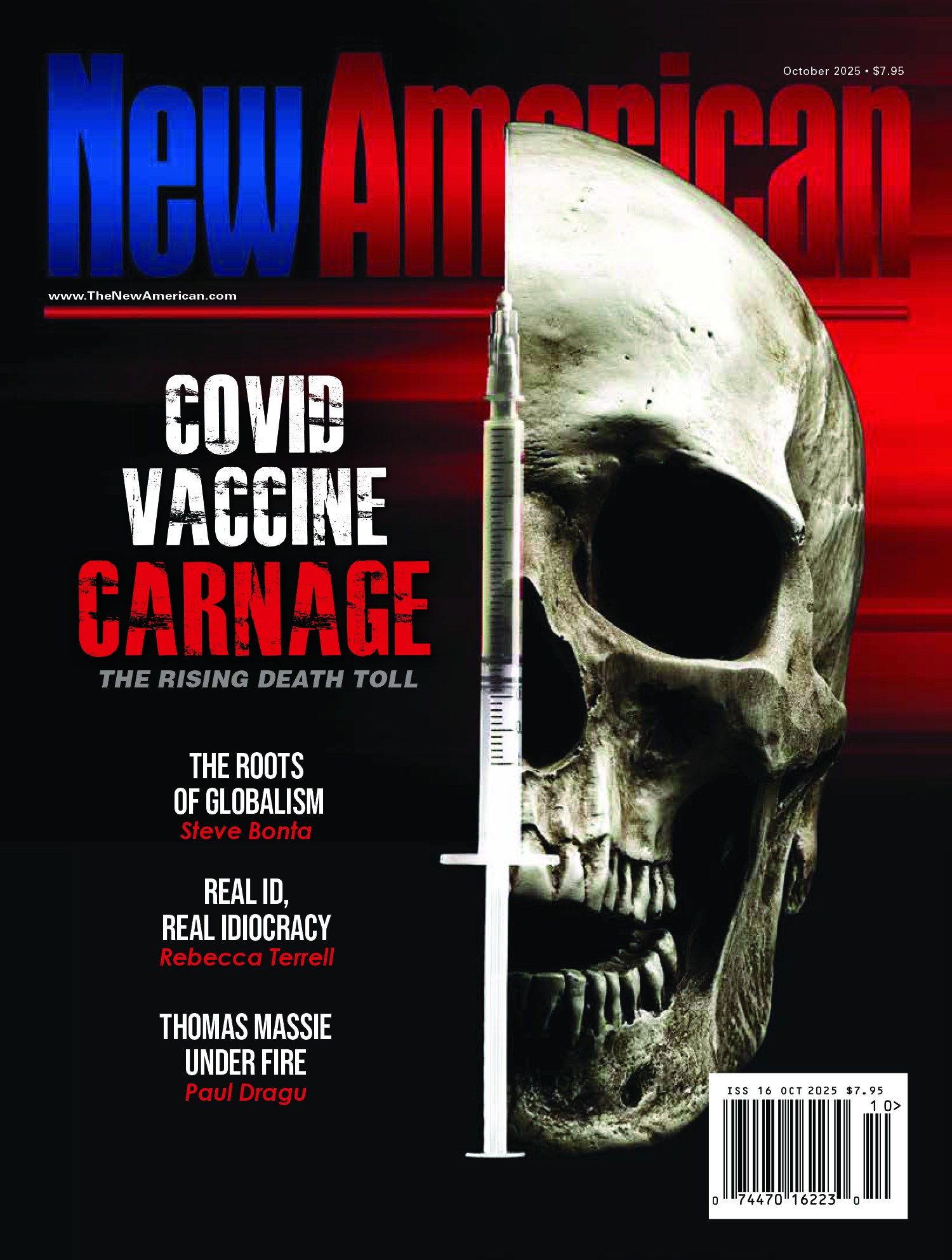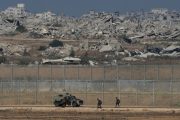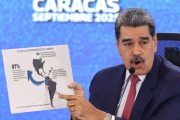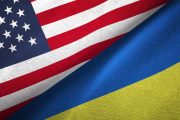As journalists and researchers sift through more than 2,800 of the previously withheld documents related to the assassination of former President John F. Kennedy that President Trump ordered released on October 26, files dealing with events other than the assassination are surfacing. One of the most significant of these records is a “Memorandum for the Special Group (Augmented)” dated August 8, 1962 with the subject: “Consequences of US Military Intervention in Cuba.”
The memorandum, which was released with deletions in 1998, originally was classified “Top Secret.” It presumably has gone largely unnoticed in the National Archives until the recent massive release of documents.
The memorandum begins:
1. On 2 August 1962, the Chief of Operations, Operation MONGOOSE, requested DOD/JCS (Joint Chiefs of Staff) Representative, Operation MONGOOSE, to prepare a paper for distribution to the Special Group (Augmented) on 8 August 1962. The specific requirement is to set forth “Consequences of (US) Military Intervention (in Cuba) to include (personnel, units and equipment), effect on world-wide ability to react, possibility of a requirement for sustained occupation, the level of national mobilization required, and Cuban counteraction.”
The memorandum estimated that in order to seize control of strategic areas in Cuba within 10-15 days with minimum casualties to both sides, about 261,000 U.S. military personnel would participate in the operation. This would include about 71,000 Army and 35,000 Marine forces.
As for the Special Group (Augmented) to which the memorandum was directed, an article posted by the UK-based Spartacus Educational online encyclopedia states:
After the Bay of Pigs disaster [April 17, 1961], President John F. Kennedy created a committee called Special Group Augmented (SGA) charged with overthrowing Castro’s government. The SGA, chaired by Robert F. Kennedy (Attorney General), included John McCone (CIA Director), McGeorge Bundy (National Security Adviser), Alexis Johnson (State Department), Roswell Gilpatric (Defense Department), General Lyman Lemnitzer (Joint Chiefs of Staff) and General Maxwell Taylor. Although not officially members, Dean Rusk (Secretary of State) and Robert S. McNamara (Secretary of Defense) also attending meetings.
At a meeting of this committee at the White House on 4th November, 1961, it was decided to call this covert action program for sabotage and subversion against Cuba, Operation Mongoose. Attorney General Robert F. Kennedy also decided that General Edward Lansdale (Staff Member of the President’s Committee on Military Assistance) should be placed in charge of the operation.
A USA Today report observed that while this memorandum and other documents that were released recently had nothing to do with the actual assassination, “it was included in the files because of the connection between Kennedy’s desire to remove Castro from power, his support of Cuban exiles to help him, and the affinity of assassin Lee Harvey Oswald for the Castro government.”
Oswald’s sympathies for the Castro regime motivated him to write to the New York City headquarters of the pro-Castro Fair Play for Cuba Committee (FPCC), on May 26, 1963, six months before the Kennedy assassination.
In his letter, Oswald proposed to rent “a small office at my own expense for the purpose of forming a FPCC branch here in New Orleans.” Three days later, the FPCC responded to Oswald’s letter advising against opening a New Orleans office “at least not … at the very beginning.” In a follow-up letter, Oswald replied, “Against your advice, I have decided to take an office from the very beginning.”
In May 31, 1961 UPI writer Louis Cassells wrote that the FPCC was organized the previous year by Robert Bruce Taber, a former television newsman who became a Castro supporter during the early days of the Cuban Revolution. The article noted:
Tabor is now in Cuba, wielding sword and pen for Castro. During the April invasion attempt by anti-Castro forces, he was photographed wearing the uniform of the Castro militia. He also is reported to be working for Revolución, official organ of the Castro regime.
Among the FPCC’s Communist connections, Cassells noted that Al Saxton, chairman of the FPCC chapter in San Francisco, was a member of the Communist Party from 1944 to 1946, according to testimony given to the House Committee on Un-American Activities by Ernest L. Seymour, an admitted former Communist.
That Oswald would attempt to become a key partner with the FPCC seems only natural, given his history of sympathy for Soviet communism. He traveled to the Soviet Union just before he turned 20 in October 1959. Upon arriving, Oswald informed his Intourist guide of his desire to become a Soviet citizen. When asked why by the various Soviet officials he met with, he said that he was a Communist.
While in the Soviet Union, Oswald met his future wife, Marina. On May 24, 1962, Oswald and Marina applied at the U.S. Embassy in Moscow for documents enabling her to immigrate to America, and on June 1 the U.S. Embassy gave Oswald a repatriation loan, after which he, Marina, and their infant daughter left for the United States.
Oswald also traveled to Mexico City in September 1963, where he applied for a transit visa at the Cuban Embassy, claiming he wanted to visit Cuba on his way to the Soviet Union. The Cuban embassy officials insisted Oswald would need Soviet approval, but he was unable to get prompt cooperation from the Soviet embassy. On October 18, the Cuban embassy finally approved the visa, but by this time Oswald was back in the United States because he had given up on his plans to visit Cuba and the Soviet Union.
As the USA Today writer noted, the memorandum detailing our government’s consideration of Operation Mongoose had nothing to do with the assassination of Kennedy. As we observed previously, however, in the reporters’ opinion, it was included in the JFK assassination files “because of the connection between Kennedy’s desire to remove Castro from power … and the affinity of assassin Lee Harvey Oswald for the Castro government.”
If, as some believe, Oswald had assistance in carrying out the assassination, it is possible that such assistance came from communists who wanted to remove Kennedy as a proactive measure to halt U.S. plans to invade Cuba. While this theory cannot be proven, it is obvious that whoever was responsible for cataloging the JFK documents thought that the contents of the Operation Mongoose memorandum was somehow relevant to the assassination.
Related articles:
Partial Release of JFK Assassination Files Produces More Questions than Answers
History Still Casts Doubts on the Warren Commission Report
JFK Assassination and Boston Marathon Bombing: A Tale of Two Manhunts




